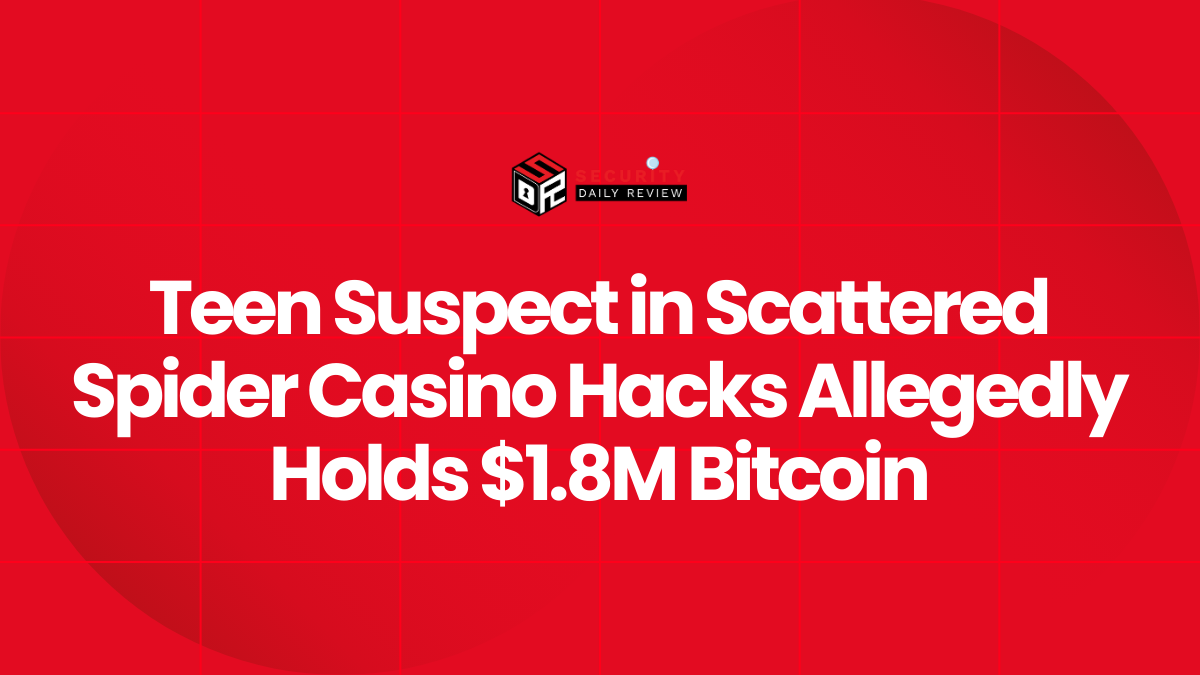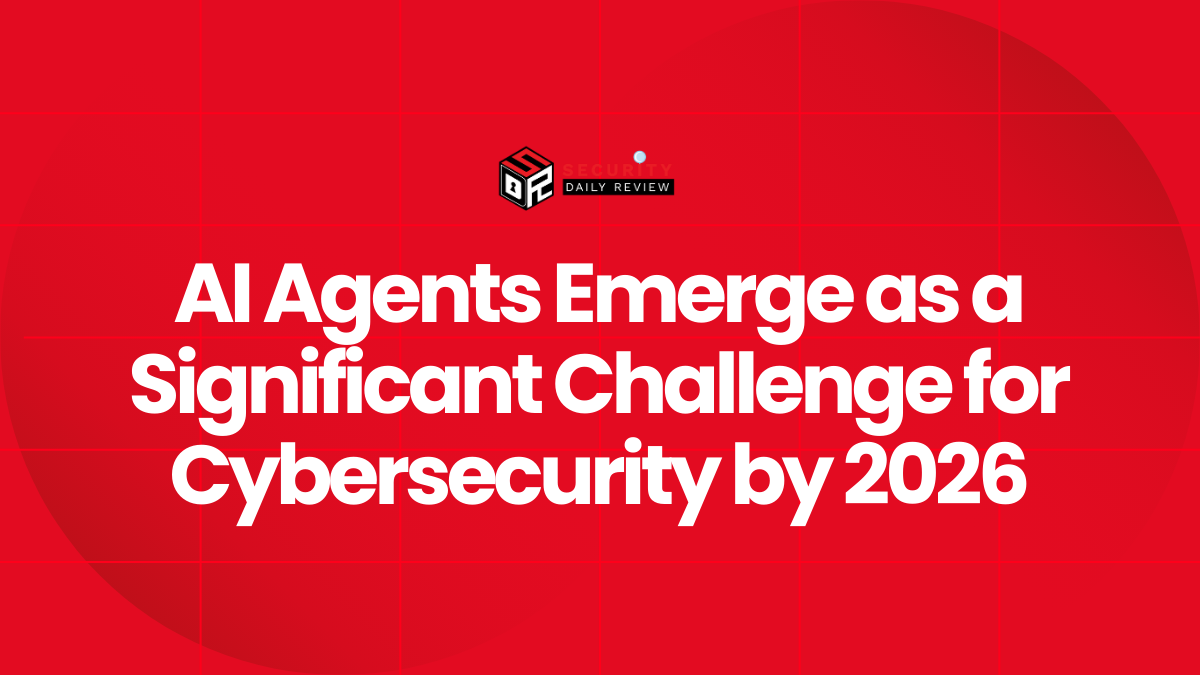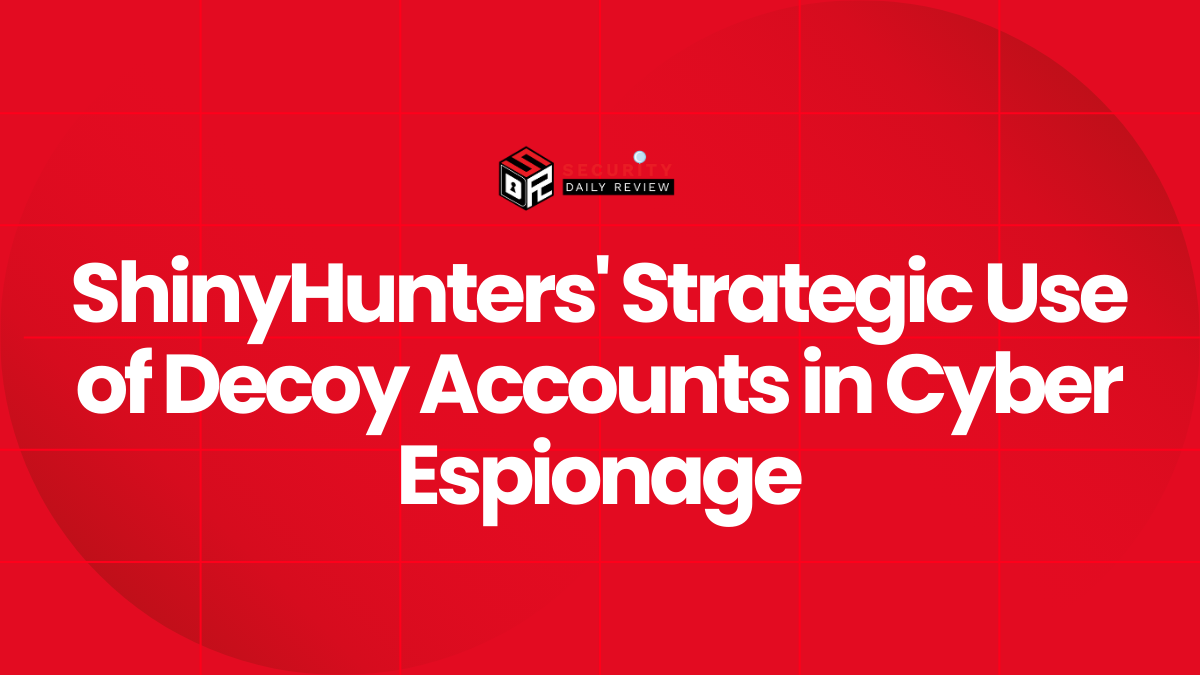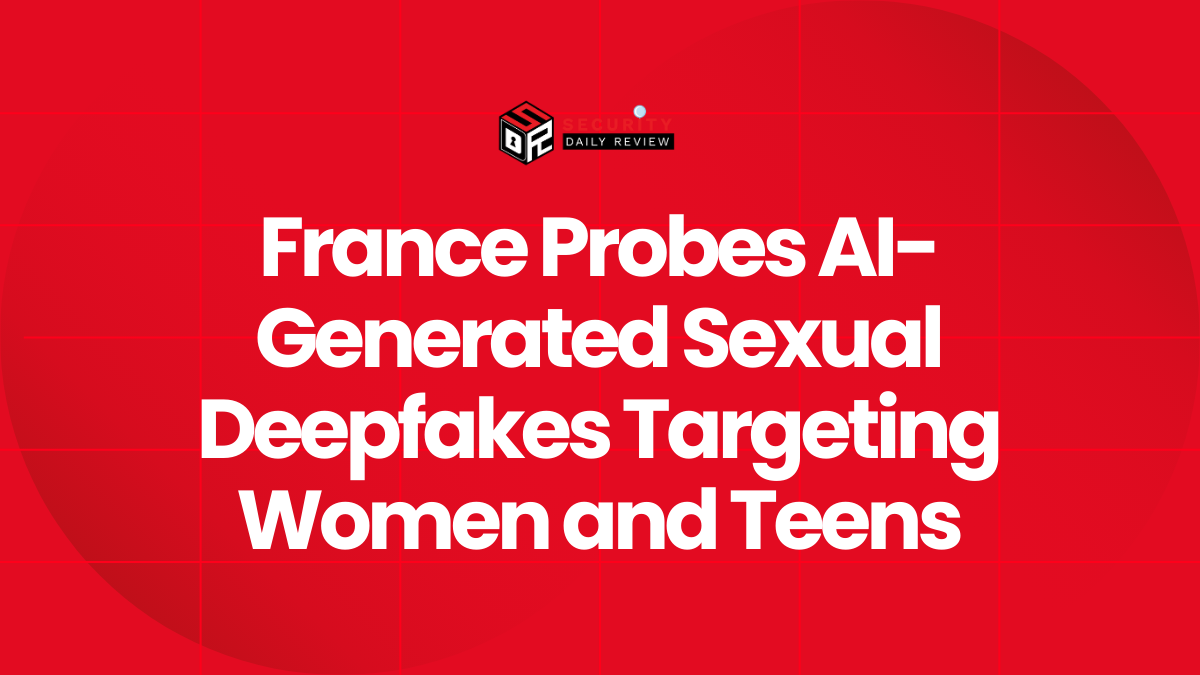A 17-year-old boy accused of helping orchestrate the 2023 cyberattacks against Las Vegas casino giants MGM Resorts International and Caesars Entertainment is now under intense judicial scrutiny. The teen, who surrendered to authorities on September 17, 2025, was released on bail to his parents by a family court judge under restrictive conditions. Although minors are typically shielded from public identification, prosecutors are pushing to try him as an adult—a move that could set a precedent for how cybercriminal offenses involving minors are handled in the United States.
The Teen Suspect May Hold $1.8 Million in Bitcoin Tied to Cyber Ransoms
One of the most alarming revelations in the case is the suspect’s alleged possession of approximately $1.8 million in unrecovered Bitcoin, which law enforcement believes is tied to ransomware payments from the 2023 casino attacks.
Scattered Spider Collective Behind the Attacks
The teen is reportedly linked to Scattered Spider, a well-known cybercriminal group also operating under aliases such as Octo Tempest, UNC3944, and 0ktapus. The collective, known for its proficiency in social engineering and extortion tactics, is believed to consist primarily of English-speaking teenagers and young adults.
Between August and October 2023, MGM and Caesars were both targeted in orchestrated intrusions attributed to this group:
- Caesars reportedly paid a $15 million ransom to prevent the public release of sensitive data.
- MGM refused to comply, incurring operational disruptions and losses initially estimated around $110 million—though prosecutors recently cited a $200 million damage claim, a figure the company disputes.
Technical Anatomy of the Las Vegas Casino Cyberattacks
The attackers used sophisticated social engineering techniques to gain access to internal systems. These assaults involved the deployment of BlackCat ransomware, a variant known for its ability to encrypt systems and exfiltrate data simultaneously. Once inside the casino networks, the attackers threatened to leak personal and corporate data unless large ransom payments were made.
Chief Deputy District Attorney Summer Clarke emphasized the gravity of these actions at a family court hearing, describing the attack as an act of “cyberterrorism without stepping foot outside his home.” Over 65,000 Social Security numbers and an untold volume of personal data were compromised, further exacerbating the incident’s impact.
Legal Strategy and Court Proceedings Raise New Precedent Questions
While the suspect is currently being held under family supervision in Clark County, Nevada, prosecutors are mounting an aggressive push to have him tried as an adult. The charges filed include:
- Three counts of obtaining and using someone else’s personal identifying information to impersonate or harm
- One count of extortion
- One count of conspiracy to commit extortion
- One count of unlawful acts regarding computers
This six-count felony package reflects the severe implications of digital crimes in an increasingly interconnected world.
Security Enforcement Conditions are Strict but Controversial
Family Court Judge Dee Smart Butler agreed to release the suspect, stressing strict compliance with electronic restrictions. The teenager can only access the internet for schoolwork and only under direct parental oversight. He is prohibited from contacting any co-conspirators and may not leave Clark County.
Defense attorneys opposed continued detention, noting that the teen has no known prior criminal history. Judge Butler’s decision to release him drew sharp criticism from the prosecution, who pointed to the scale of financial and privacy damage inflicted by the attacks.
Still, the decision was balanced by a rigorous supervision order. The teen’s movements are monitored, and even his house internet connectivity is subject to court enforcement. Violations could lead to immediate reincarceration at the juvenile detention center.
Broader Implications for Cybersecurity and Juvenile Justice
The Las Vegas cyberattacks underscore the increasingly complex challenges in cybersecurity enforcement—particularly when perpetrators are juveniles operating across international digital environments.
Key Takeaways for CISOs and Legal Professionals
- The incident highlights the ongoing threat from youthful but technically skilled hacking groups like Scattered Spider, who have demonstrated proficiency in social engineering and ransomware deployment.
- Digital forensics and crypto asset tracking remain vital, especially as suspects may move ransomware proceeds into decentralized financial ecosystems like Bitcoin. The teen’s alleged $1.8 million in crypto remains unaccounted for, underscoring the difficulty of tracking illicit funds.
- Legal teams and CISOs must prepare for prolonged incident response timelines. The MGM and Caesars hacks occurred over two years ago, but the legal and financial repercussions continue to unfold.
“This case is not only about youth and crime—it’s about how cybercrime operates beyond borders, jurisdictions, and age brackets,” said Clarke during court proceedings.
As casinos, enterprises, and critical infrastructure providers continue to harden their cyber defenses, this case reinforces the need for joint international enforcement, mature incident response protocols, and greater cyber risk education—both in the corporate sector and among younger, tech-savvy demographics.
While the teen hacker sits on conditional release, the U.S. legal system now faces a difficult balancing act between justice, rehabilitation, and deterrence. Regardless of the trial outcome, the Vegas casino hack remains a defining moment in the timeline of teenage cybercrime.









